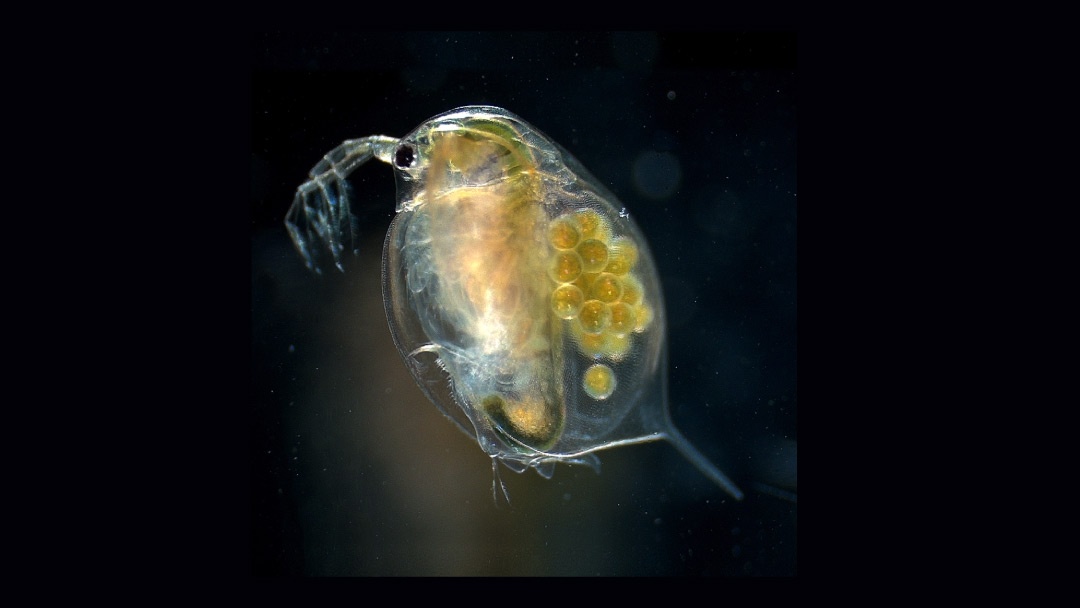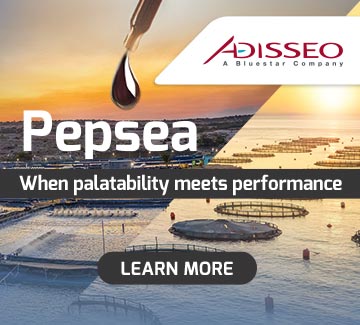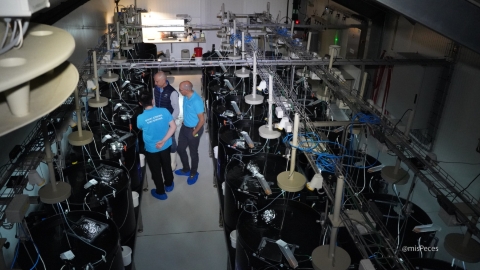
The water flea, Daphnia magna-a tiny crustacean measuring no more than five yet packing an impressive nutritional punch, has long been in the sights of aquaculture producers as a vital live feed source for fish larvae.
However, cultivating Daphnia magna has traditionally posed significant challenges due to its extreme sensitivity to environmental fluctuations. Conventional rearing methods often lead to a decline in water quality and substantial reduction in reproductive efficiency, making large-scale production difficult.
A pioneering study, recently published in Aquaculture International, presents a game-changing solution: a bespoke recirculating aquaculture system (RAS), specifically designed to optimise Daphnia magna cultivation. Conducted by experts from the National Centre for Aquatic Animal Health at Cochin University of Science and Technology, in India, this research not only addresses but overcomes some of the most persistent sustainability challenges faced by the aquaculture industry.
The innovative RAS system integrates efficient water circulation, advanced biofiltration, and precise environmental control, ensuring optimal conditions for cultivation. To assess its effectiveness, researchers compared the system with a traditional static model that employs a 50% water exchange regime. The results were striking: Daphnia magna not only survived in this optimized environment but thrived, displaying significantly higher reproduction rates and drastically lower mortality rates than those in the conventional setup.
Beyond ensuring consistently high-water quality, the study also demonstrated that Daphnia magna populations cultivated in RAS exhibited minimal physiological stress, a finding confirmed through genetic expression analysis of stress-related markers. Another key highlight was the success of the Modified ADaM (M-ADaM) rearing medium, which proved to be highly effective in reducing mortality while enhancing both growth and reproductive success.
This next-generation RAS system provides a much-needed solution for the aquaculture industry, offering a reliable and efficient means of producing live feed while simultaneously supporting fish larval health and development. Moreover, its scalability means it can be adapted to a variety of aquaculture environments, delivering widespread benefits across the sector.
The successful implementation of this system could pave the way for further technological advancements in aquaculture, fostering new research and the development of recirculating systems tailored to a diverse range of aquatic species. This groundbreaking innovation represents a major step forward in achieving more sustainable and environmentally responsible aquaculture practices on a global scale.
With such transformative potential, this study is not only a must-read for aquaculture professionals but also a glimpse into the future of an ever-evolving industry.


